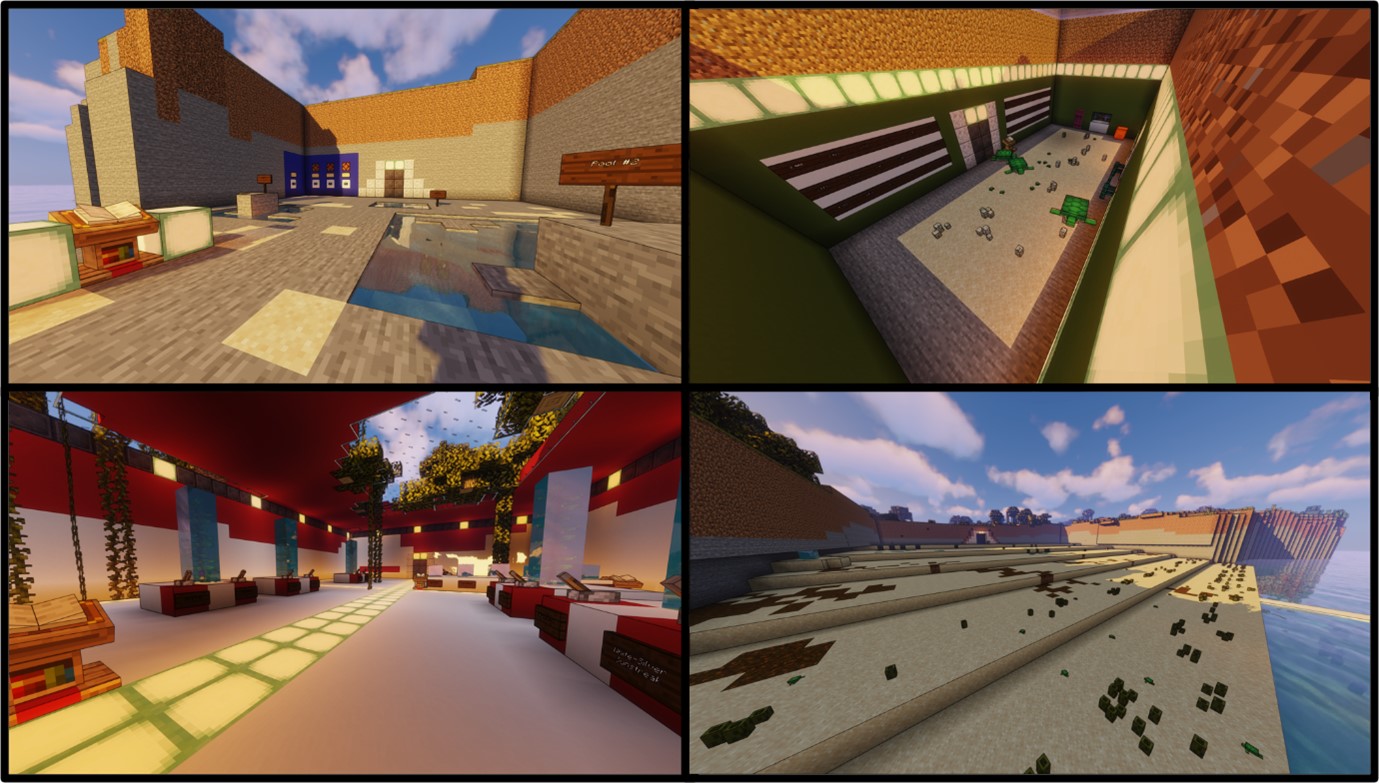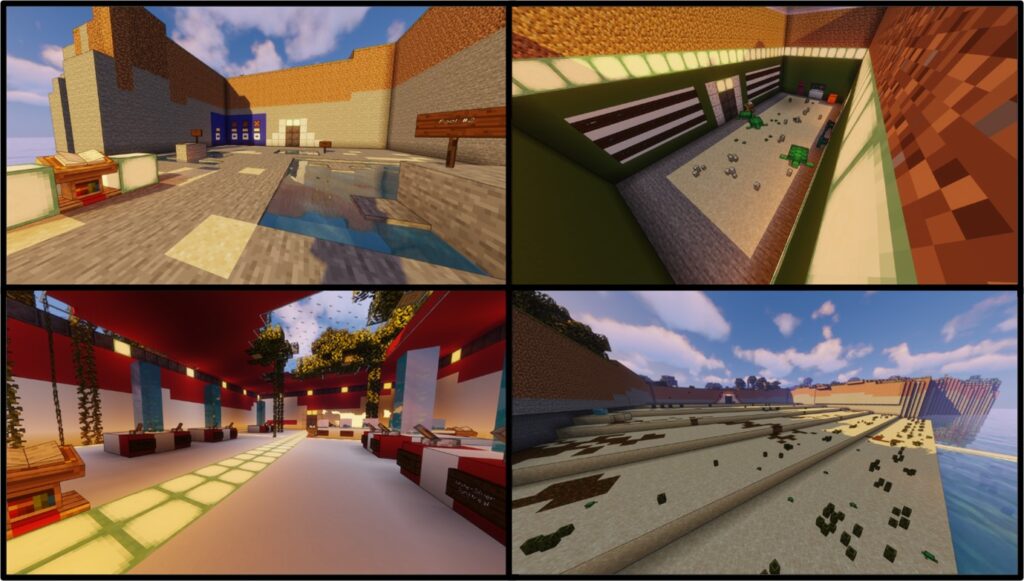
In this post, part of this month’s theme on Acceleration of Technology and Enhanced Learning, Richard Fitzpatrick (Deanery of Biomedical Sciences) & Prof Tom Little (School of Biology) describe a project that creates a digital environment that faithfully replicates field work experience for both students and educators…
For disciplines such as Zoology, collecting data from the field is crucial for the understanding of key methodologies and concepts. This practical element, like most traditional teaching practices, has been stymied by the ongoing pandemic. The skills that field studies impart, however, still need to be taught so students are not disadvantaged in later years, or in their early careers if they choose an academic route.
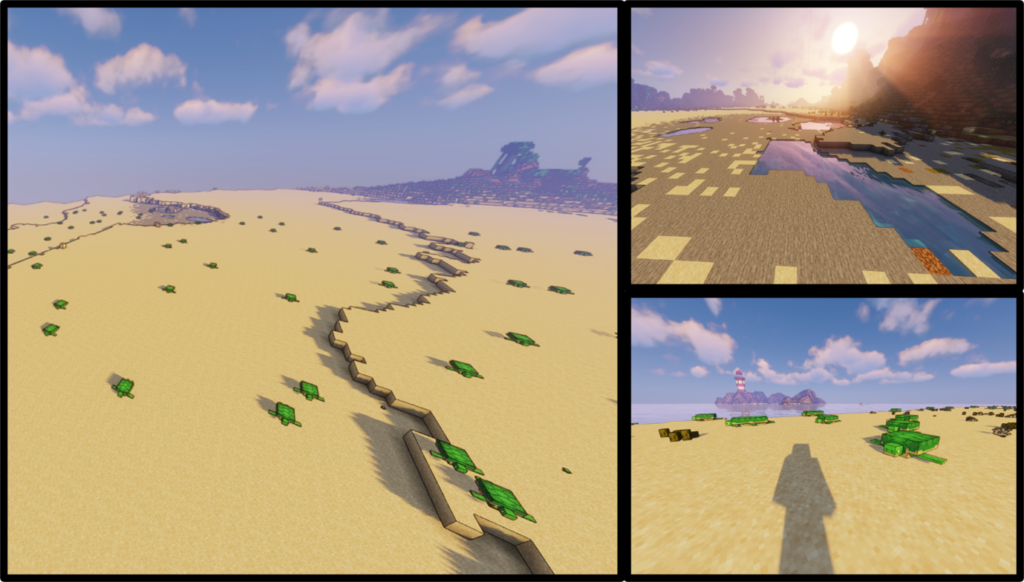
Project Millport is an innovative solution to this problem: a digital environment that faithfully replicates fieldwork experience for both students and educators. Field Zoology 3 (a core Zoology course in Biology at the University of Edinburgh) students would normally spend five days in April based at FSC Millport on the island of Great Cumbrae. Whilst there, they are tasked with sampling the flora and fauna of several beaches, and crucially formulating their own strategies to answer questions about the abundance and distribution of the organisms they find. These strategies involve a range of taught techniques, such as transect and quadrat laying. We set out to see whether this experience could be replicated virtually.
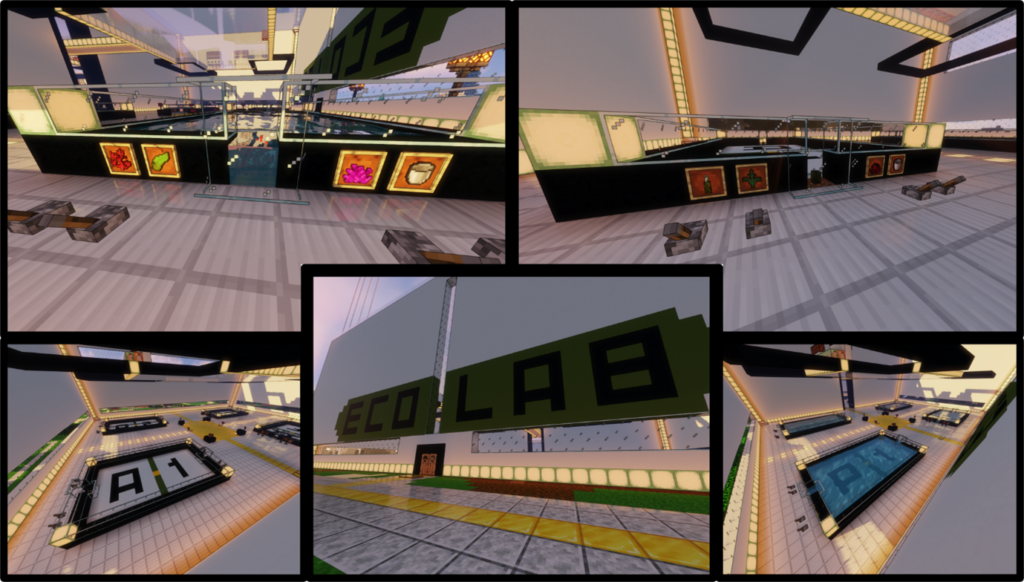
We achieved this in Minecraft, which is possibly the world’s most popular video game, and a tremendously customisable virtual world. Given Richard’s prior experience with manipulating Minecraft for educational purposes, we had a head-start on understanding the scale and scope that was feasible. The first task was to generate an island large enough to provide a sense of scale whilst making sure the file was not too large to transfer to students. We used Open Street Map data for Puerto Rico, modifying it to feature a central “hub” zone (Millport) that includes an “Eco Lab” and train station along with four beaches for fieldwork.
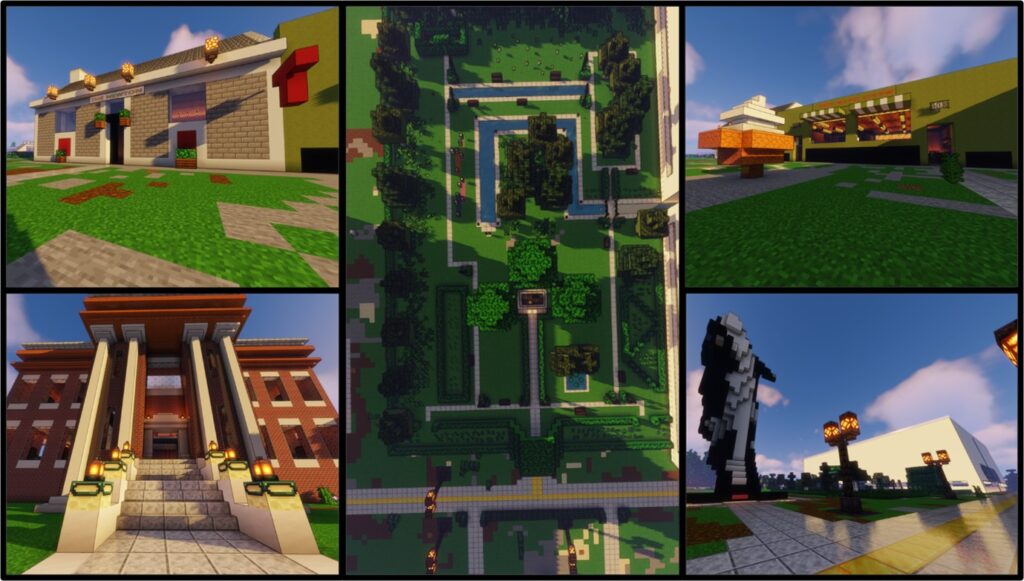
Each beach contains different animal species that can be freely sampled by a user. These animals have distributions calculated prior to their insertion, ensuring that the data collected is predictable, consistent and amenable to formal statistical analyses. Students have a range of possible interactions with these entities but our course guidebook focuses them on particular questions regarding abundance and distribution. For example, students may sample the fish species that live in rockpools, addressing the question “does rockpool size influence biological diversity?” There are five species of fish that co-exist in pools of different shapes, sizes, depths, and contain up to four types of coral. They may also lay down quadrats and sample sections of the beach for turtles, which possess properties of sex, width, and shell length, asking “does turtle body size or sex change with height above the waterline?” Alongside the fieldwork, students can perform experiments in the “Eco Lab” where it’s possible, for example, to perform food choice experiments on animals kept under controlled conditions. To get them started, we also developed an extensive in-game Tutorial Zone, which provides a space to become familiar with the controls and virtual environment.
This fieldwork has been designed to work as both a solo or group experience, and we are working on setting up a university-based server to allow for students to collaborate – and communicate – in real-time no matter their geographical location. This affords us flexibility in the deployment of the fieldwork, as well as opening several avenues for reuse in science communication and outreach.
There are two key requirements for virtual fieldwork to be both successful and accessible. Both are related to the full realisation of ‘gamification’: not just incorporating game elements but the game itself into teaching. The first and most important is to be engaging – this is a world where the students should want to go to and spend time exploring. We want students to be creative, to think about the design of their experiments, and how best to approach their chosen projects. We do this by making the world itself engaging – to immerse the user with non-project related elements. As such, we have peppered the world with decorative elements, secrets, train networks, and a host of custom achievements. None of these are necessary but are an often overlooked part of gamification. The world has a depth to it, it is not just the tasks that need to be conducted.
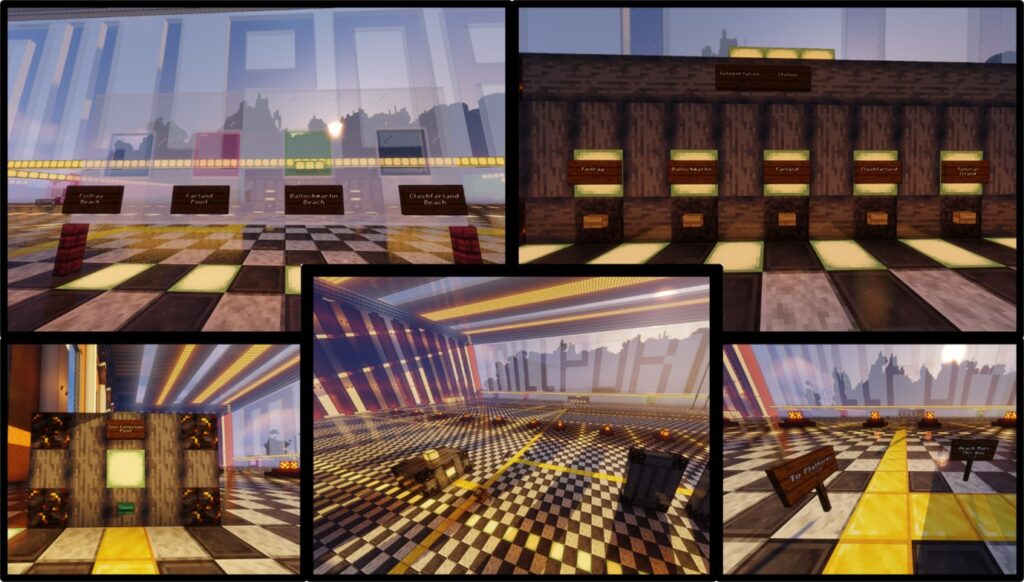
The second requirement is to be gentle with the constraints on the user. Although the course has specific learning objectives, we don’t want to manage too closely the route any single student takes to reach it. After all, the most important general learning objective is to fledge students capable of finding solutions creatively and independently. Achieving this is a careful balancing act: too much freedom can be paralysing, too little can be stifling. With the use of a real-world handbook, and in-game books, signs and on-screen prompts, we offer a scaffold for directing users to the right locations, the right tools and preferred methodologies. However, there is nothing preventing a user from, for example, building their own structures, destroying elements, or simply just exploring the environment.
The bulk of this project has come together with a team of two people, in just three months. Off-the-shelf technologies like Minecraft allow for extremely rapid, malleable deployment of immersive experiences for students that have benefits even with the necessity of pandemic-driven restrictions. They make possible iterative, customised, and large-scale environments that can be deployed across multiple demographics and pedagogical settings.
Those interested should get in touch with Richard (neuronsafari@gmail.com) to discuss how they might deploy this in their own teaching.
 Tom Little
Tom Little
Tom Little is a Professor of Evolutionary Biology in the School of Biological Sciences, Edinburgh. His research is focussed on field studies of ageing in wild mice, but his teaching considers many types of fieldwork on many organisms. This includes the course Field Zoology 3, which is core to the Zoology and Ecology Honours Programmes. Minecraft Millport will be deployed for the first time in Field Zoology 3 in 2021.
 Richard Fitzpatrick
Richard Fitzpatrick
Richard is a just about finished PhD student in the Centre for Discovery Brain Sciences as part of the University of Edinburgh-Zhejiang University partnership. His work is split between developing biochemical models of synaptic plasticity and models for use in different pedagogical settings. His Minecraft work is an ongoing aspect of the latter, and he is always looking for new collaborations to help implement both typical and atypical modelling environments into tertiary-level teaching.

